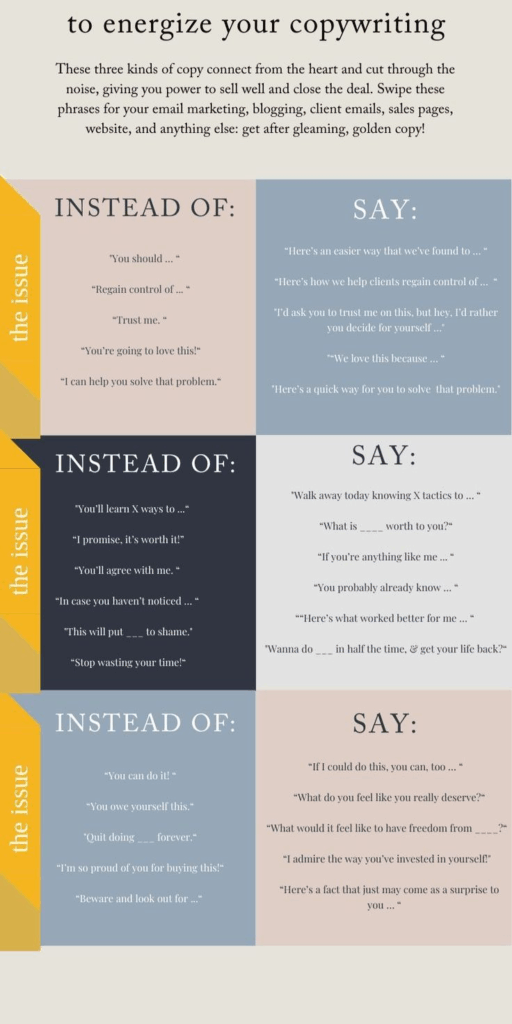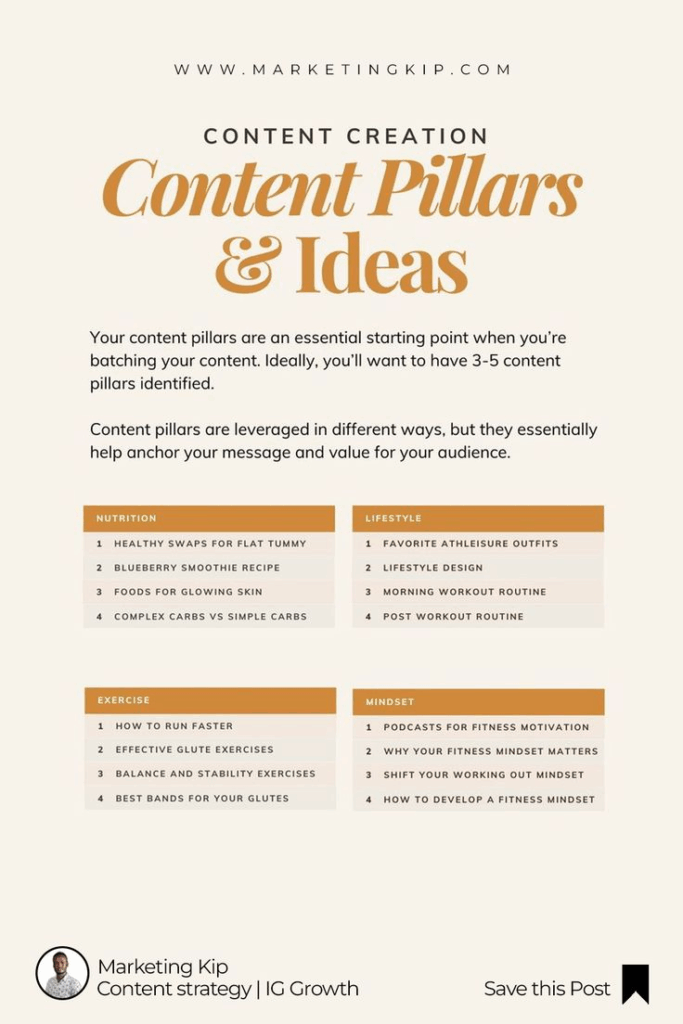
1. Start with Your Audience, Not Just Keywords
Many beginners make the mistake of focusing solely on keywords and SEO tools. But the heart of great content is knowing who you’re writing for. Before you even think about keywords, create an ideal customer profile. Ask yourself:
- Who is my target audience?
- What challenges, needs, or desires do they have?
- What tone or style will resonate with them?
Once you understand your audience deeply, your content becomes more engaging and valuable — making SEO much more effective because Google prioritizes user experience.
2. Use Keywords Strategically and Organically

SEO keywords are important, but they should never dictate the flow of your content. Instead:
- Use your primary keyword in key places like the title, first 100 words, headers (H1, H2), and the URL if possible.
- Incorporate secondary and related keywords naturally throughout the body to capture broader search intent.
- Avoid keyword stuffing — if your content feels repetitive or robotic, readers will bounce, and Google will penalize you.
Remember, your goal is to write for humans first and search engines second.
3. Craft Headlines That Captivate and Convert

Your headline is the gateway to your content. A well-written headline can dramatically increase clicks and engagement. To write better headlines:
- Use numbers or lists (e.g., “5 Ways to Boost Your SEO”) to promise clear value.
- Include power words that evoke curiosity or emotion (e.g., “Ultimate,” “Essential,” “Proven”).
- Keep it concise but descriptive—aim for under 60 characters to ensure it displays fully in search results.
- Include your main keyword to help SEO without sacrificing clarity.
4. Write for Both People and Search Engines

Balancing readability and SEO is an art. Here are some ways to keep both happy:
- Break content into short paragraphs and use bullet points or numbered lists for easier scanning.
- Use subheadings (H2, H3) to organize sections and include relevant keywords in them.
- Write in an active voice — it’s clearer and more engaging.
- Avoid jargon unless your audience is familiar with it. Keep your language simple, conversational, and approachable.
5. Tell Your Brand Story with Authenticity
SEO brings people to your website, but your brand story keeps them there. Storytelling creates emotional connections and differentiates you in a crowded market. When sharing your story:
- Explain why you started Boss Beti and the problem you solve.
- Showcase your brand’s values, personality, and mission clearly across your content.
- Use real-life examples, testimonials, or behind-the-scenes insights to build trust.
- Keep your tone consistent whether you’re writing blog posts, social media, or emails.
6. Optimize Your Meta Descriptions for Better Clicks
Meta descriptions are the brief summaries that appear under your page title in search results. Though they don’t directly impact rankings, a compelling meta description boosts click-through rates. To optimize them:
- Keep it under 160 characters so it doesn’t get cut off.
- Use your primary keyword naturally.
- Clearly explain what the page offers and include a call-to-action (e.g., “Learn how to grow your brand today”).
- Make it benefit-focused — tell searchers what’s in it for them.
7. Leverage Internal Linking to Boost SEO and User Engagement
Internal links connect different pages of your website, guiding visitors to explore more and improving your site’s SEO health. Best practices include:
- Link to related blog posts or service pages using descriptive anchor text (avoid generic “click here”).
- Don’t overdo it — too many links can overwhelm readers and dilute SEO value.
- Regularly audit your site to fix broken links and update old content with new links.
- Use internal linking to highlight cornerstone content or your most valuable pages.
8. Keep Your Content Fresh and Publish Consistently
Google favors websites that update frequently and provide fresh, relevant information. Consistency also builds audience trust and anticipation. To maintain a steady flow:
- Develop a content calendar outlining blog posts, newsletters, and social media themes.
- Mix content types: how-tos, case studies, interviews, listicles, and personal stories.
- Repurpose older content by updating stats, adding new insights, or turning blogs into videos or infographics.
- Stick to a publishing schedule that fits your resources — quality always beats quantity.
9. Include Strong Calls-to-Action (CTAs) to Guide Your Audience
Every piece of content should serve a purpose and direct your reader toward the next step. Effective CTAs:
- Are clear and action-oriented (e.g., “Download your free SEO checklist,” “Book a free consultation”).
- Create urgency or excitement without being pushy.
- Match the CTA with the content type and audience stage — for example, a blog post might invite readers to subscribe, while a service page encourages booking a call.
- Place CTAs in multiple places: within the content, at the end, and sometimes in the sidebar or pop-ups.
10. Track Your Performance and Adapt Your Strategy
Writing and SEO aren’t “set it and forget it.” To truly grow your brand, use data to understand what’s working:
- Set up Google Analytics and Google Search Console to monitor traffic, bounce rates, and keyword rankings.
- Pay attention to which blog posts or pages generate the most engagement or leads.
- Use heatmaps or user behavior tools to see where people click and how far they scroll.
- Based on these insights, optimize underperforming content by improving headlines, adding keywords, or refreshing information.
- Stay up to date with SEO trends — algorithms change, and adapting quickly gives you an edge.
Bonus Tips for Boss Beti’s South Asian Female Entrepreneurs:
- Leverage cultural storytelling in your content to build community and authenticity. For example, weave in references to South Asian festivals, values, or family dynamics where relevant.
- Build your personal brand alongside your business brand — share your journey, challenges, and wins openly on social media to humanize Boss Beti.
- Network with other South Asian creators and entrepreneurs for collaborations, guest posts, or joint webinars — it’s powerful for brand visibility and credibility.
No Responses